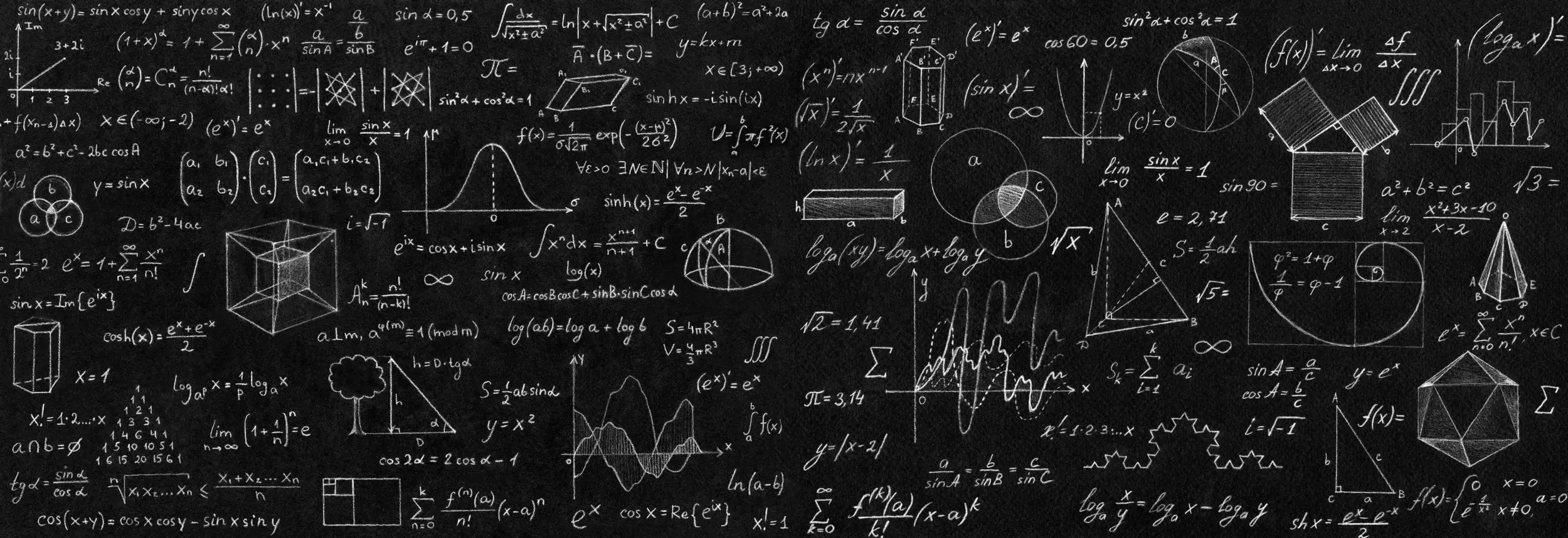Imagine you are scrolling through job listings. There's the familiar, visceral pang of dissatisfaction that confirms it's time to move on from your comfortable, though soul-crushing, position. Being too comfortable in life gets us nowhere. It leaves us no room for progression, yet many of us will stay in situations simply because we're "comfortable," even if we're actually not.
With that, and your endless doomscrolling for a new job, you might see a new listing that offers a 20% salary increase and a better title. You can't ignore the objective facts. Taking a job like the one in the listing you're reading would be a significant professional gain. But, despite anything that deep inner voice might be telling you, you don't apply. You can rationalize all you want by telling yourself that the current role, however flawed, is safe.
The new opportunity, with its abstract potential reward, feels outweighed by the immediate, cold anxiety of losing your routine. You'd be sacrificing your known colleagues and your inside work banter, and, worst of all, your mind tells you that you're losing your guaranteed paycheck even though the new role is salaried and contracted. You choose the devil you know.
Now, imagine that your current employer presented you with a choice: you have to take a 20% pay cut or quit today. The decision would be instant. And, no, we don't think you'd still then decide to take a 20% cut to keep the job you know and definitely don't love. The prospect of an equivalent loss triggers a violent, immediate need to fight, while the prospect of an equivalent gain provokes a cautious shrug. And so, you enter into a destructive pattern, becoming your own worst enemy along the way.
What you're reading about is the single most reliable predictor of human emotional and financial inertia: loss aversion.
Loss aversion is a cognitive bias where the emotional impact of a loss is felt significantly more intensely than the pleasure derived from an equivalent gain. This psychological asymmetry is famously encapsulated in the observation that "losses loom larger than gains".
According to the original research conducted by Nobel laureate Daniel Kahneman and his associate Amos Tversky, the pioneers of this concept, the torment of a loss is psychologically approximately twice as powerful as the enjoyment of an equivalent gain. And that's the simple meaning of aversion. It's better not to lose ten dollars than to find ten dollars.
This principle is the cornerstone of Prospect Theory. It is the revolutionary descriptive model of decision-making under risk that Kahneman and Tversky first proposed in 1979.
Before this work, classical economics assumed humans were rational actors. We were apparently designed to make choices based on objective outcomes. Prospect Theory demonstrated that in reality.
What it is saying is that you don't calculate value rationally; you calculate it relative to a reference point. And then you go ahead and weigh losses from that point disproportionately. This crucial concept formed the foundation of the modern understanding of behavioral economics. The entire framework of loss aversion theory hinges on what your psychology forces you to do. Essentially, that's prioritizing survival over acquisition.
The Science Behind Loss Aversion
The science behind loss aversion is interesting. It creates the psychological engine for a host of related cognitive phenomena. You might notice its influence as the subtle, invisible internal overlord that keeps you stuck, inhibiting innovation and encouraging inertia.
What it is actually doing is providing the foundation for the Endowment Effect, the tendency to assign greater value to goods you already own than to identical goods you do not.
So, when you consider the psychological cost of selling that item, the loss of possession, you can understand that it far outweighs the pleasure of the cash gain. With that in mind, it artificially inflates the required selling price. Similarly, the Status Quo Bias is fundamentally a loss aversion.
It manifests as the powerful reluctance to change a current state, even when alternative options promise measurable benefits. Any change is viewed as risking a loss of the known, and that immediately triggers the disproportionately painful loss-averse response.
The predictable power of this bias is so strong that it is now considered a stable individual difference that's supported by decades of neuroscientific inquiry.
Neuroimaging studies have moved from the understanding of loss aversion as a purely theoretical construct to a measurable physiological process involving distinct brain regions. Research using advanced neuroimaging, such as Magnetoencephalography (MEG), has confirmed that loss aversion involves differences in the temporal processing of negative outcomes.
The core network for general value processing might be shared, including the amygdala, ventral striatum, and ventromedial frontal cortex (VMPFC), but specific emotion-related brain regions show higher activation when faced with potential losses.
Critically, this research found that the evaluation process of a loss signal terminated significantly later for participants exhibiting high loss aversion. Specifically, for the high-loss-aversion group, there was an 813-millisecond delay in the endpoint of the valuation interval when processing loss. That means your brain literally spends almost a full second longer agonizing over the possibility of losing than it does celebrating a potential win.
This neurological signature also links to clinical resilience, as loss aversion is statistically higher in patients diagnosed with Major Depressive Disorder compared to healthy controls. Functional MRI studies quantifying these differences have shown altered activation patterns in depressed individuals during loss tasks, notably in the Ventral Tegmental Area (VTA). The VTA is a dopaminergic center essential for reward.
The findings are interesting. They're implying that heightened loss aversion in depressed individuals may reflect a fundamental shift in the brain's risk calculation. That can indicate a reduced capacity to derive pleasure from gains, making the minimization of negative outcomes an overwhelmingly important driver of decision-making.
Real-World Examples of Loss Aversion
The issue is that the commercial world we're living in is engineered to weaponize the pain of loss. We're constantly pressured with the fear of losing, and that's a more powerful motivator than the hope of gaining.
Finance is one of the most common niches where loss aversion thrives. Loss aversion accounts for the disposition effect that describes the tendency of investors to realize gains, such as selling winning stocks, too early to lock in the pleasure, while stubbornly holding onto losers too long to avoid the pain of the loss.
We'd also argue it's more common in corporate environments. Here, loss aversion becomes a silent tax on innovation. Middle managers, for example, facing the pressure of potential failure, view a failed individual project as a visible, immediate, and personally accountable loss.
The potential aggregated success of a portfolio of risky projects, however, is an abstract, distant gain. It's a disproportionate weighting of immediate loss risk over future gain potential that causes managers to prioritize failure avoidance, a key organizational pathology Stan Taylor discusses when detailing how to recognize psychological vulnerabilities and defend against manipulation in The Black Book of Power.
In marketing, you'll see that this bias is systematically exploited. The ubiquitous "free trial" model is a direct application of the endowment effect. They're giving you temporary ownership of a product so that the company ensures that when the trial ends, canceling the service is viewed as a loss of the already possessed features instead of avoiding a future cost. It's extremely clever marketing. Similarly, promotional materials frequently use temporal scarcity through phrases like "SALE ENDS TODAY!".
It's a form of simple framing that converts a purchase from a matter of acquiring a gain, such as saving money, to a necessary action to avoid a loss, such as losing the opportunity for the discount.
All that comes with a warning, however. When messaging is perceived as overly strong or overtly manipulative, customers may develop resistance or irritation that erodes brand trust.
The Cognitive Gravity Well
The famous 2:1 loss-to-gain ratio that you might have heard about is a default state.
Research has shown that the context and distribution of gains and losses you experience significantly shape the magnitude of the aversion. Researchers in 2015 demonstrated, across a sample of 382 to 401 total respondents, that when potential outcomes were symmetrically presented, for example, equal ranges of gain/loss in a financial condition, the bias often vanished entirely. It is possible to reach loss neutrality (λ≈1). Interestingly, when the range of losses was deliberately made wider than the range of gains, the results showed the reverse of loss aversion.
This suggests that loss aversion is an adaptive cognitive response defined by the perceived distribution of outcomes in your immediate environment. The asymmetry Kahneman and Tversky observed is likely an accurate reflection of life's reality, one where losses are generally more significant and more numerous than equivalent windfalls. The challenge is recognizing when your adaptive response becomes what I call "The Cognitive Gravity Well": a psychological drag that prevents you from escaping a bad orbit.
Another study, "Losing my loss aversion: The effects of current and past outcomes on behavioural loss aversion" (Rakow et al., 2020), used a large sample and manipulated the distribution of gains and losses. They found that participants exposed to symmetric ranges of gains and losses, for example, equal levels of potential gain and loss, displayed much weaker or even eliminated loss aversion compared to classic asymmetric distributions.
Interestingly, when the range of losses was broader or the context emphasized losses, loss aversion increased. This implies that the magnitude and distribution of outcomes, current and historical, shape the strength of loss aversion.
There was also the more recent "Meta-analysis of loss aversion in risky contexts” (Walasek et al., 2024). This meta-analysis included data from multiple studies estimating the loss aversion parameter and found substantial heterogeneity. The key finding was that in many datasets, the confidence intervals included 1 (loss neutrality) and in some cases dipped below 1 (reverse loss aversion).
The authors emphasise that “distributions of gains and losses are a source of powerful context effects”. They challenge the idea that loss aversion is a fixed human trait. Interestingly, instead, it appears to depend heavily on how the gains and losses are framed, sampled, and distributed.
How to Overcome Loss Aversion Bias
The ability to function efficiently and optimally in high-stakes environments means going against this primal cognitive response that studies are proving is built into the human mind. Since the bias is intrinsically linked to immediate, intuitive emotional judgments, mitigating it requires strategies that engage Type 2 (rational, analytical) thinking to verify those initial impressions.
The first step is assessing the extent to which this bias controls your life because there are multiple types of bias that can affect you. Complex laboratory experiments are often used to quantify the bias. That said, simpler, validated psychometric instruments now exist, such as the seven-item scale or the Loss Aversion Questionnaire (LAQ). These tools are excellent. They can reliably measure your general aversion tendency, which has been shown to correlate positively with anxiety.
We have to remember that loss aversion is an emotional response. And with that in mind, you must fight it with deliberate rational mechanics.
If you can force yourself to slow down and acknowledge that the 813 millisecond gap the study found that happens between your emotional reaction and your rational verification, you can disrupt the psychological warfare being waged on your own mind.
One Last Point
Loss aversion is a primal instinct; there's no denying that. It's a built-in survival reflex of a species that fears scarcity more than it prizes abundance. But if that instinct goes left unchecked, it becomes what Chapter 3 of The Black Book of Power calls The Contract: the deal you unknowingly sign to trade your potential for the false comfort of what you already possess.
The irony of this bias is that you're trying so hard to avoid the pain of a small loss that you guarantee the slow, agonizing, irreversible loss of possibility. The only issue is that you're doing it without realizing it, most of the time. Liberation becomes the conscious creator of your own reference point.
You must choose to define the "status quo" not as what you currently have, but as the optimal self you could be.





